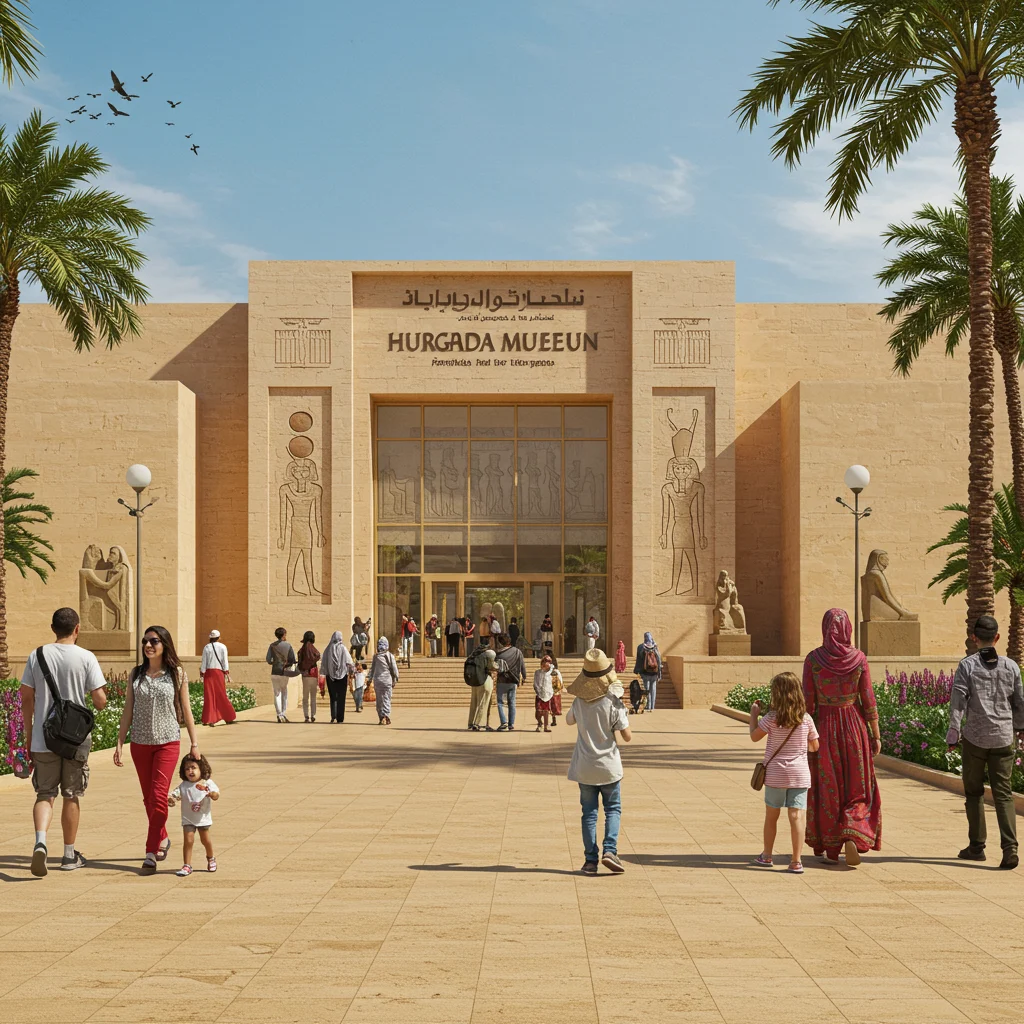Introduction to Hurghada Museum: A Gateway to Ancient Egypt
The Hurghada Museum offers visitors a rare opportunity to experience the grandeur and sophistication of Ancient Egypt without leaving the Red Sea coast. Here, history comes alive through meticulously curated galleries and immersive displays that transport us back thousands of years. The museum invites us to witness the artistry, beliefs, and daily life of one of the world’s most influential civilizations, all within a modern, accessible setting.
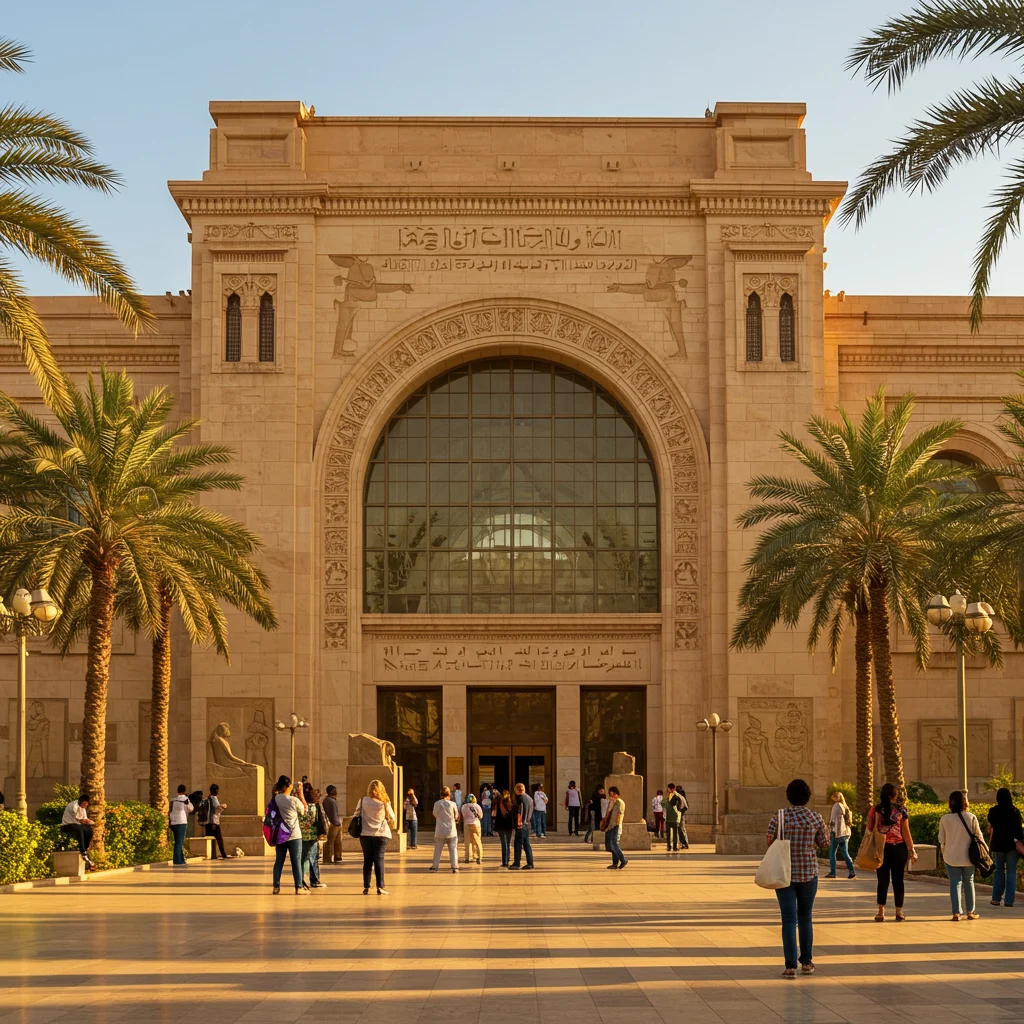
With thoughtfully designed exhibits and a welcoming atmosphere, the Hurghada Museum is much more than a repository of artifacts—it is a vibrant educational destination that inspires curiosity and wonder in guests of all ages.
Where Is Hurghada Museum Located?
The Hurghada Museum is conveniently located on the southern edge of Hurghada, one of Egypt’s most beloved Red Sea resort cities. The museum sits just a short drive from both the city center and Hurghada International Airport, making it easy to reach for travelers arriving from abroad or other parts of Egypt.
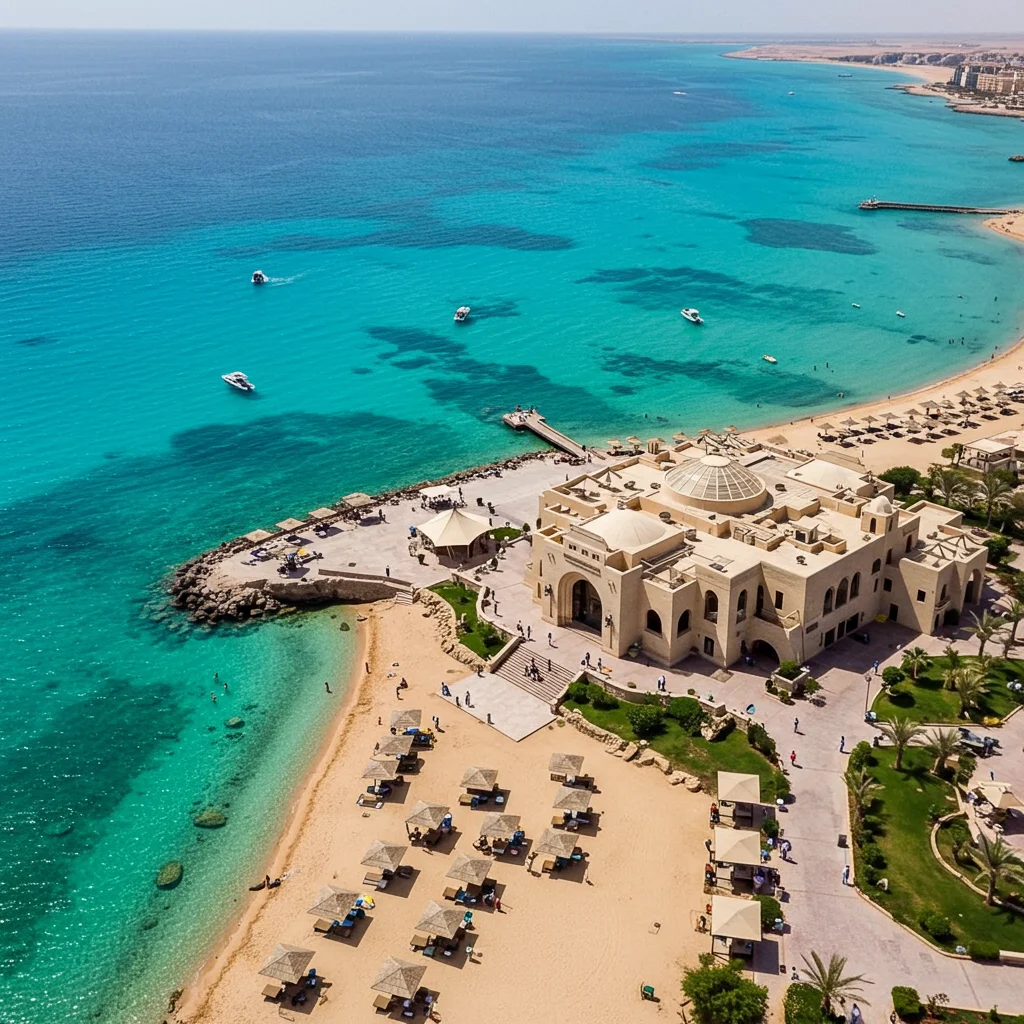
Its location on the main Safaga Road ensures that visitors can access the museum without difficulty, whether using public transport, private vehicles, or organized tours. The area around the museum is well-developed, with ample parking and clear signage to guide guests directly to the entrance.
How to Get to Hurghada Museum: Directions and Transportation
Reaching the Hurghada Museum is straightforward, thanks to its proximity to major roads and transportation hubs. Taxis are widely available throughout Hurghada and offer a comfortable, air-conditioned ride to the museum. For those staying in resorts or hotels, many establishments provide shuttle services or can arrange private transfers upon request.
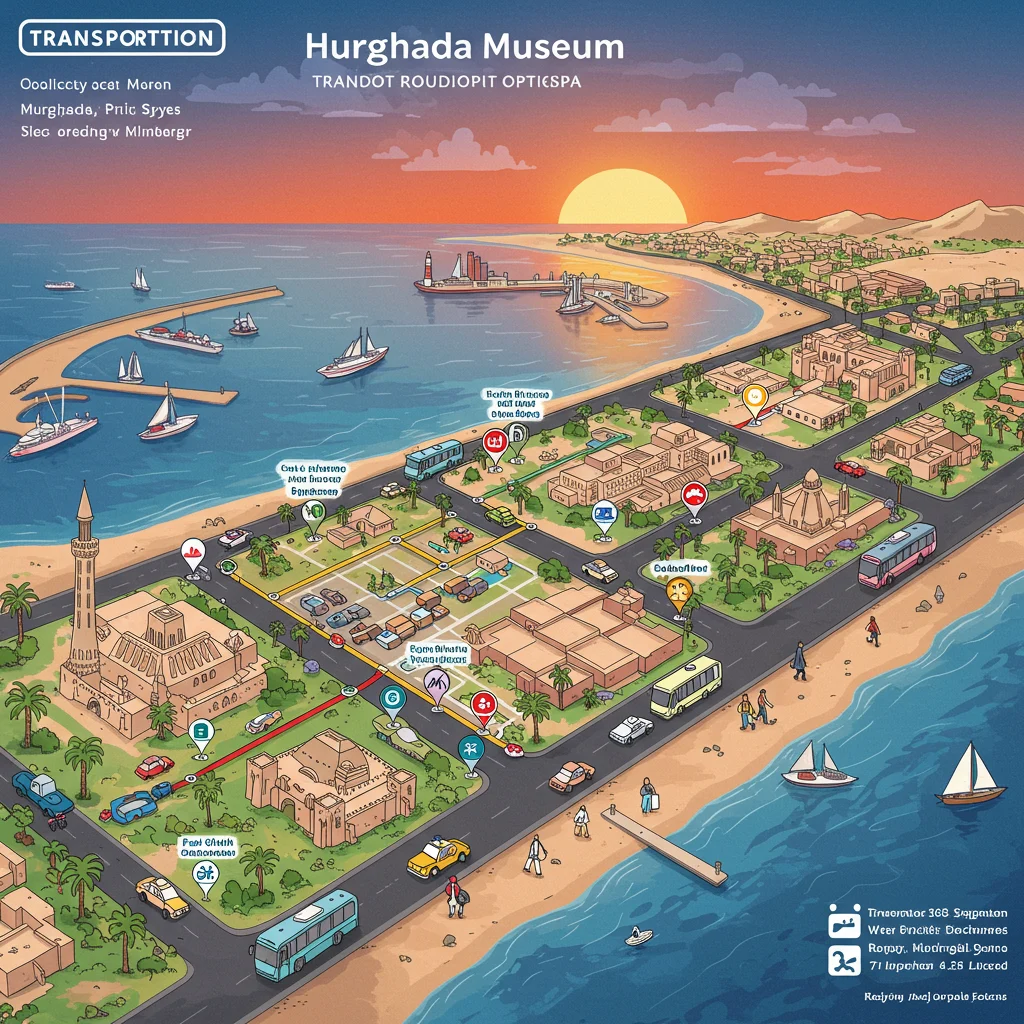
Public minibuses also run along Safaga Road, offering an affordable option for independent travelers. Visitors arriving by car will find clear directions and convenient parking facilities. If you are planning your trip through a tour operator, many find tours that include museum entry as part of broader Hurghada sightseeing packages.
Why Visit Hurghada Museum?
The Hurghada Museum provides an unparalleled window into Egyptian history, with a focus on the everyday lives, beliefs, and achievements of the ancient Egyptians. Unlike larger institutions in Cairo or Luxor, this museum offers a more intimate, carefully curated experience, allowing us to appreciate each artifact’s unique story.
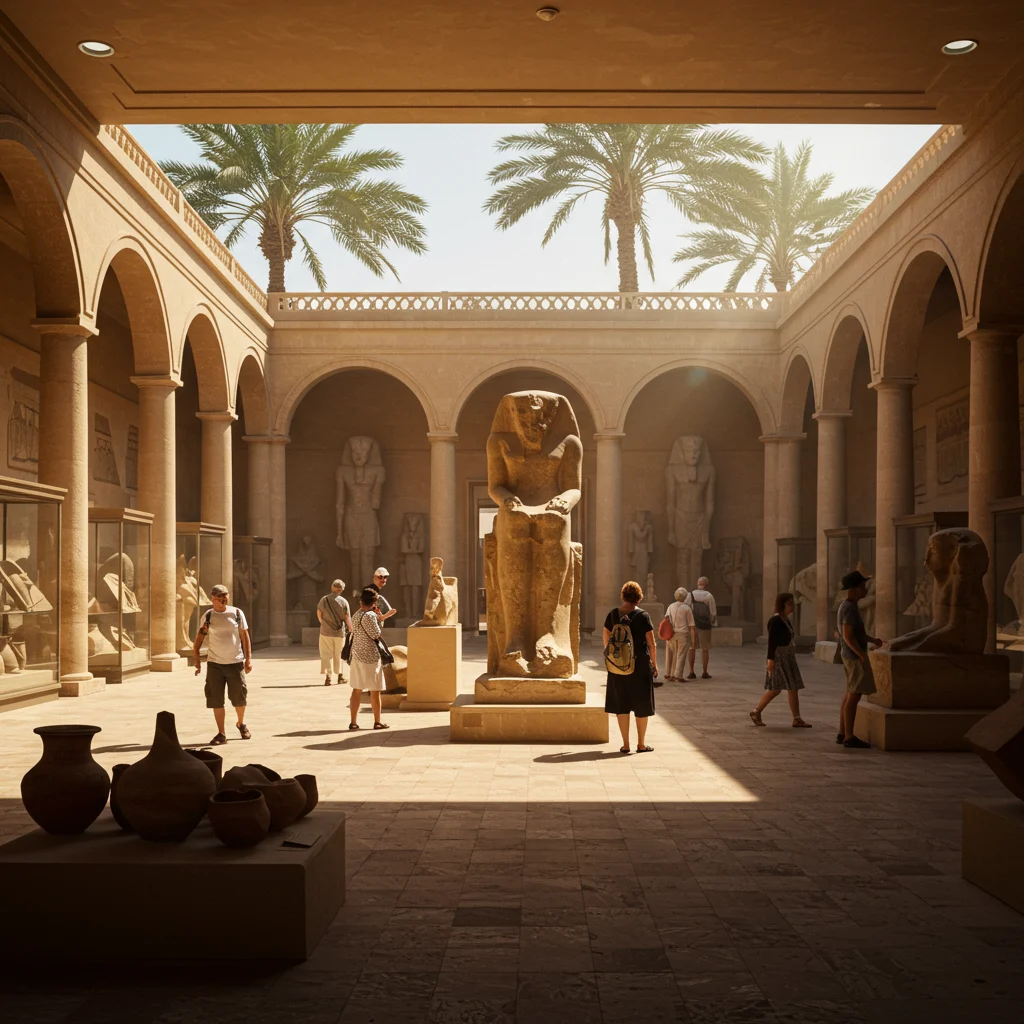
Visitors can expect a blend of educational enrichment, visual splendor, and hands-on engagement. For those who have already enjoyed historical sites elsewhere—perhaps on tours such as the Historical Architecture Tours of Savannah and Charleston—the Hurghada Museum presents a distinctive perspective on ancient architecture and artistic traditions.
A Brief History of Hurghada Museum
The Hurghada Museum opened its doors in early 2020, marking a significant milestone for cultural tourism in the Red Sea region. Designed in collaboration with leading Egyptologists and conservation experts, the museum aims to showcase Egypt’s rich heritage in a modern, accessible format.
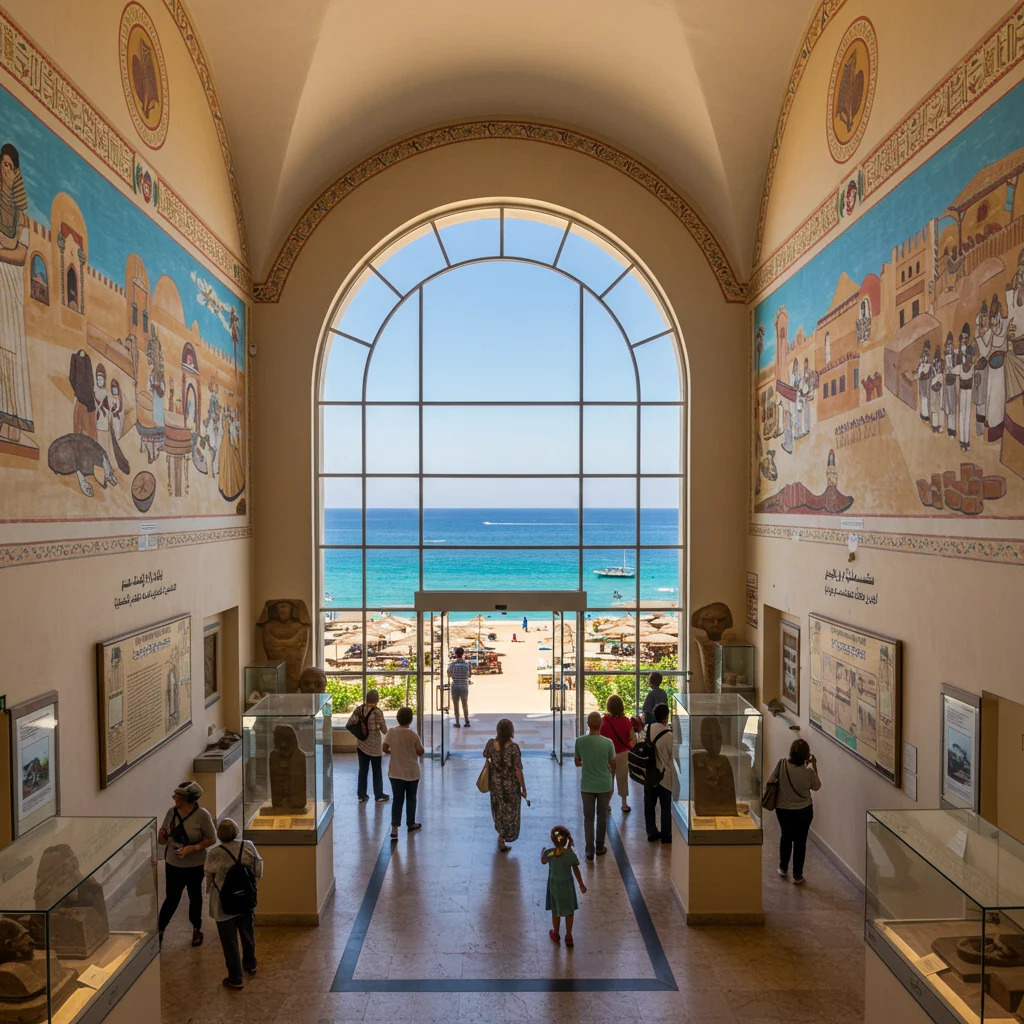
Its establishment reflects a broader commitment to decentralizing cultural resources, making the wonders of ancient Egypt available to visitors beyond the traditional sites along the Nile Valley. Since its inauguration, the museum has attracted thousands of guests, quickly earning a reputation for its engaging exhibits and high standards of preservation.
What to Expect at Hurghada Museum
Upon entering the Hurghada Museum, guests are greeted by a spacious, sunlit atrium filled with the scent of polished stone and the gentle hum of anticipation. The museum’s layout is designed for easy navigation, with clear pathways leading visitors through thematic galleries that chronicle the rise and legacy of ancient Egyptian civilization.
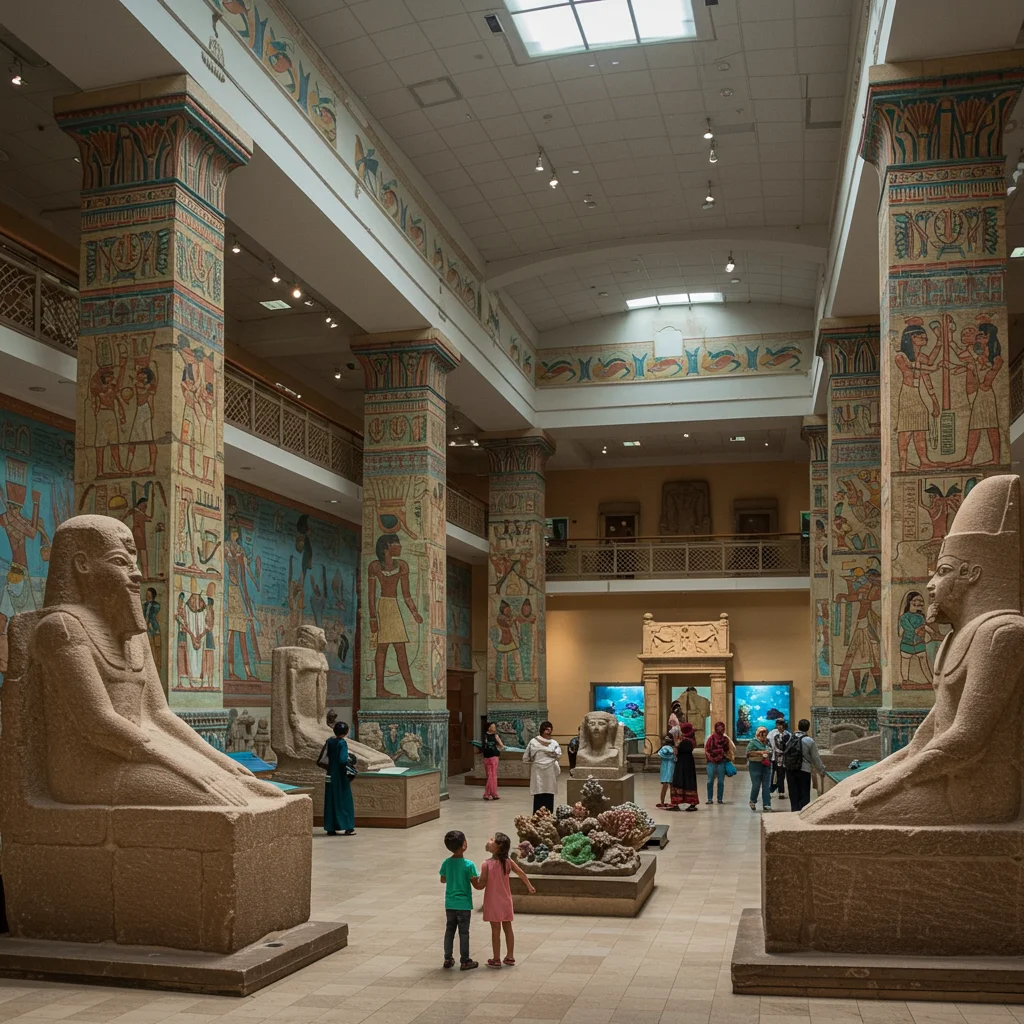
Expect a curated selection of artifacts, interactive displays, and detailed interpretive materials in both Arabic and English. The lighting, temperature control, and presentation of each exhibit are carefully managed to preserve the artifacts and enhance the viewing experience.
Ancient Egypt at Hurghada Museum: An Overview
The heart of the Hurghada Museum lies in its extensive collection of Ancient Egyptian artifacts. These treasures span thousands of years, from the earliest dynasties to the Greco-Roman period, offering a comprehensive look at the evolution of Egyptian society.
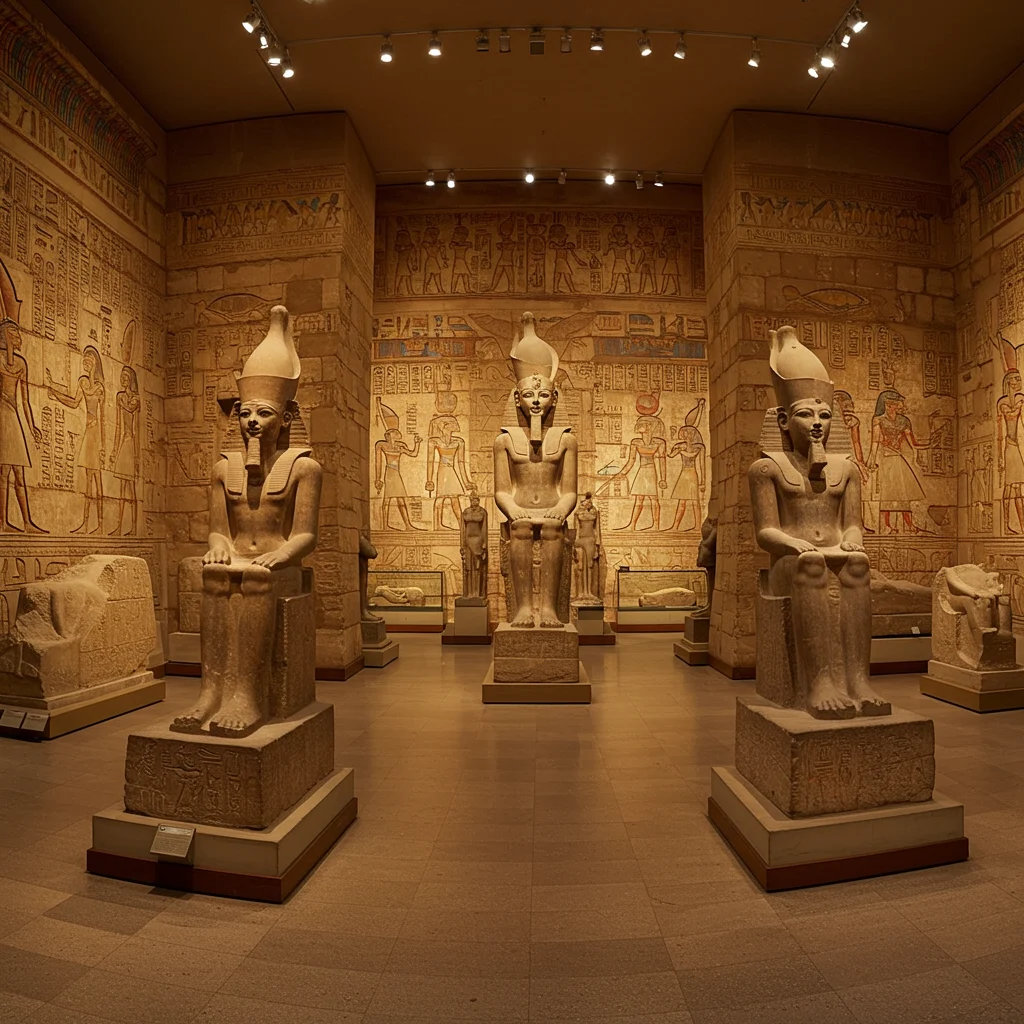
Visitors can trace the development of religious beliefs, artistic techniques, and social structures, all while standing before authentic objects crafted by ancient hands. The museum’s focus on daily life and personal adornment sets it apart, providing intimate glimpses into the lived experiences of ancient Egyptians.
Main Exhibitions: Exploring Ancient Egyptian Artifacts
The main galleries at the Hurghada Museum are organized thematically, allowing us to journey through the key aspects of Egyptian civilization. Each section is anchored by remarkable objects—statues, jewelry, tools, funerary items—that embody the ingenuity and spirituality of their creators.
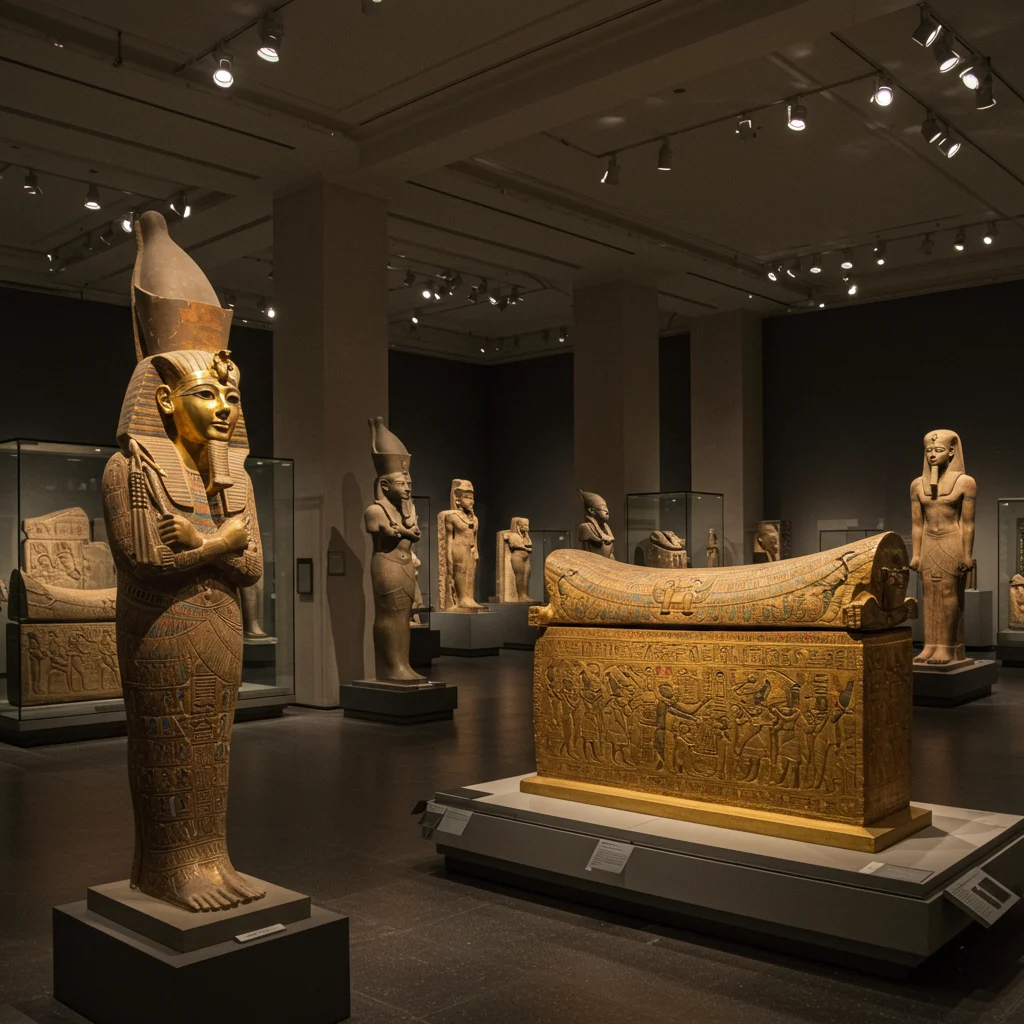
With every turn, visitors encounter a new facet of history, from the grandeur of royal courts to the humble routines of artisans and farmers. The thoughtful curation encourages reflection and invites questions, making the museum a rewarding destination for seasoned historians and curious newcomers alike.
Thematic Galleries: What Will You Discover?
The thematic galleries are designed to immerse visitors in the world of Ancient Egypt. Each room is dedicated to a specific topic or period, with artifacts arranged to highlight contrasts and continuities across time.
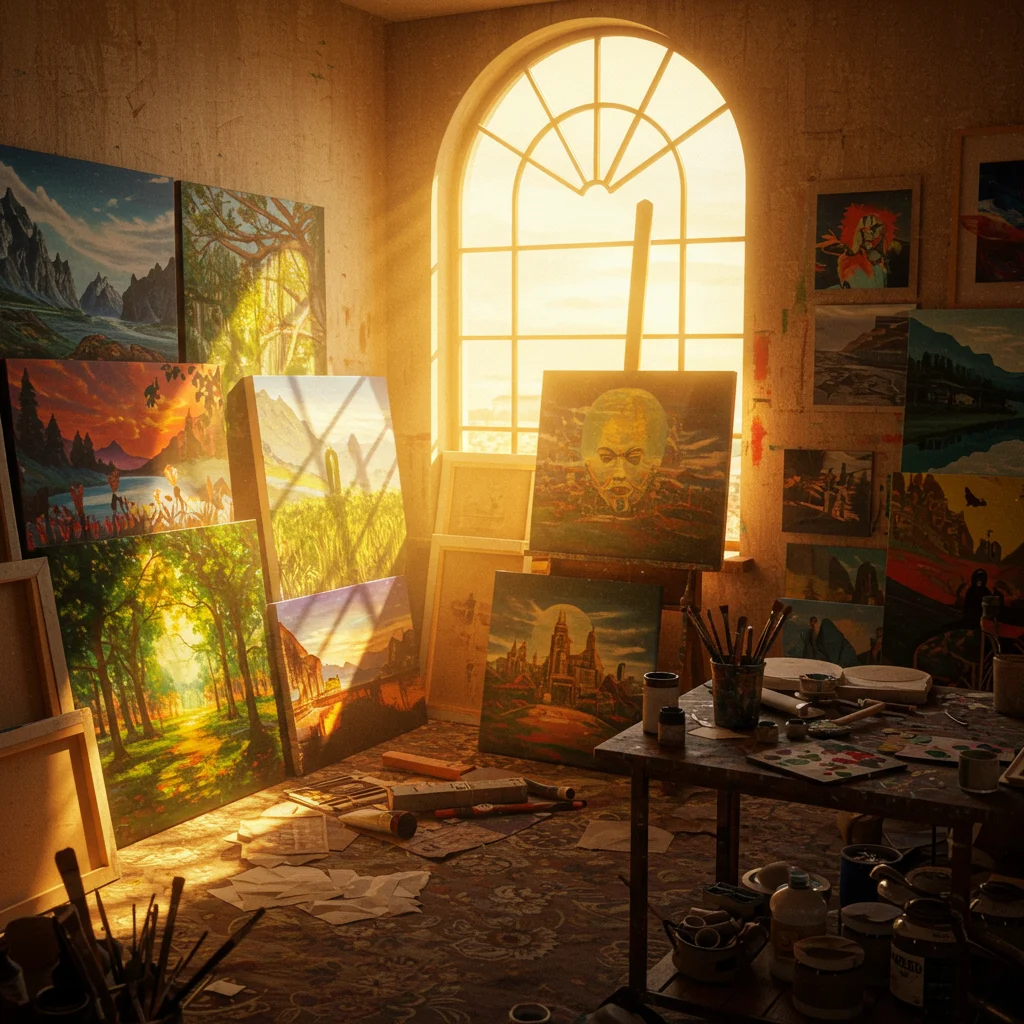
- Royal power and leadership
- Religious beliefs and rituals
- Daily life and family
- Funerary practices and the afterlife
- Artistic achievements and craftsmanship
These thematic zones transform the museum into a living classroom, where ancient stories are told through objects and the spaces they inhabit.
Highlights of the Ancient Egyptian Collection
The Hurghada Museum’s collection is rich with standout pieces that invite closer inspection. Each artifact is displayed to showcase its artistry, function, and historical significance, drawing visitors into the fascinating narrative of ancient Egypt.
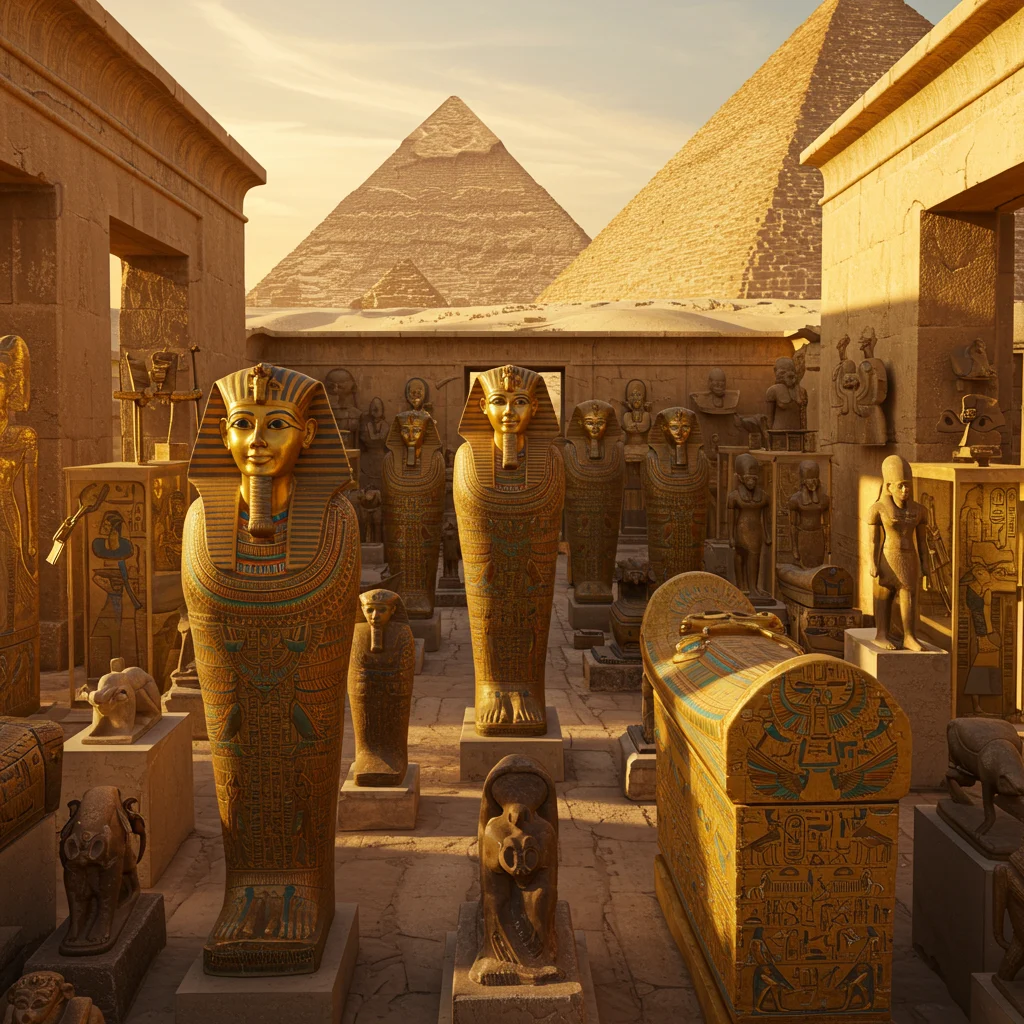
Pharaonic Statues: Iconic Symbols of Power
Among the museum’s most striking exhibits are its pharaonic statues, carved from limestone, granite, or wood. These imposing figures reflect the divine authority of Egypt’s rulers, their faces often rendered with serene, enigmatic expressions that evoke awe and reverence.
The subtle play of light and shadow across the statues’ surfaces, combined with the coolness of the stone, helps us appreciate the technical mastery of ancient sculptors.
Jewelry and Amulets: Ancient Egyptian Adornments
The collection of jewelry and amulets dazzles with its intricate goldwork, colorful inlays, and symbolic motifs. Necklaces, bracelets, rings, and protective charms are displayed alongside explanations of their meanings—whether for beauty, status, or spiritual protection.
Visitors can almost imagine the jingle of metal and the soft touch of linen as these adornments were worn in ancient times.
Mummies and Burial Practices: Unraveling Ancient Mysteries
The museum’s mummies and funerary objects provide insight into Egyptian beliefs about death and the afterlife. Carefully preserved bodies, ornate coffins, and detailed burial goods illustrate the journey from this world to the next.
As experts often say:
“To study ancient Egyptian burial practices is to glimpse a civilization’s deepest hopes and fears—etched forever in gold, linen, and stone.”
The respectful presentation of these items encourages thoughtful reflection on mortality, memory, and spiritual continuity.
Tools, Weapons, and Daily Life Objects
Everyday objects—pottery, tools, weapons, and household items—shed light on the ingenuity and resourcefulness of ancient Egyptians. These artifacts, worn smooth by generations of use, tell stories of work, family, and survival along the Nile.
The textures of aged wood, the glint of bronze, and the faint scent of earth evoke a world both distant and familiar.
Hieroglyphs and Ancient Scripts: Decoding the Past
One of the most captivating aspects of the museum is its display of hieroglyphs and ancient scripts. Stone tablets, papyrus scrolls, and inscribed statues reveal the complexity of Egyptian writing and its role in administration, religion, and art.
Visitors can try their hand at reading simple hieroglyphs, deepening their appreciation for the ancient scribes’ skill and creativity.
Fascinating Stories Behind Key Artifacts
Behind every artifact in the Hurghada Museum lies a unique story—some rooted in myth, others in historical record. These narratives add depth and emotion to the museum’s displays, inviting us to connect with the people of ancient Egypt on a personal level.
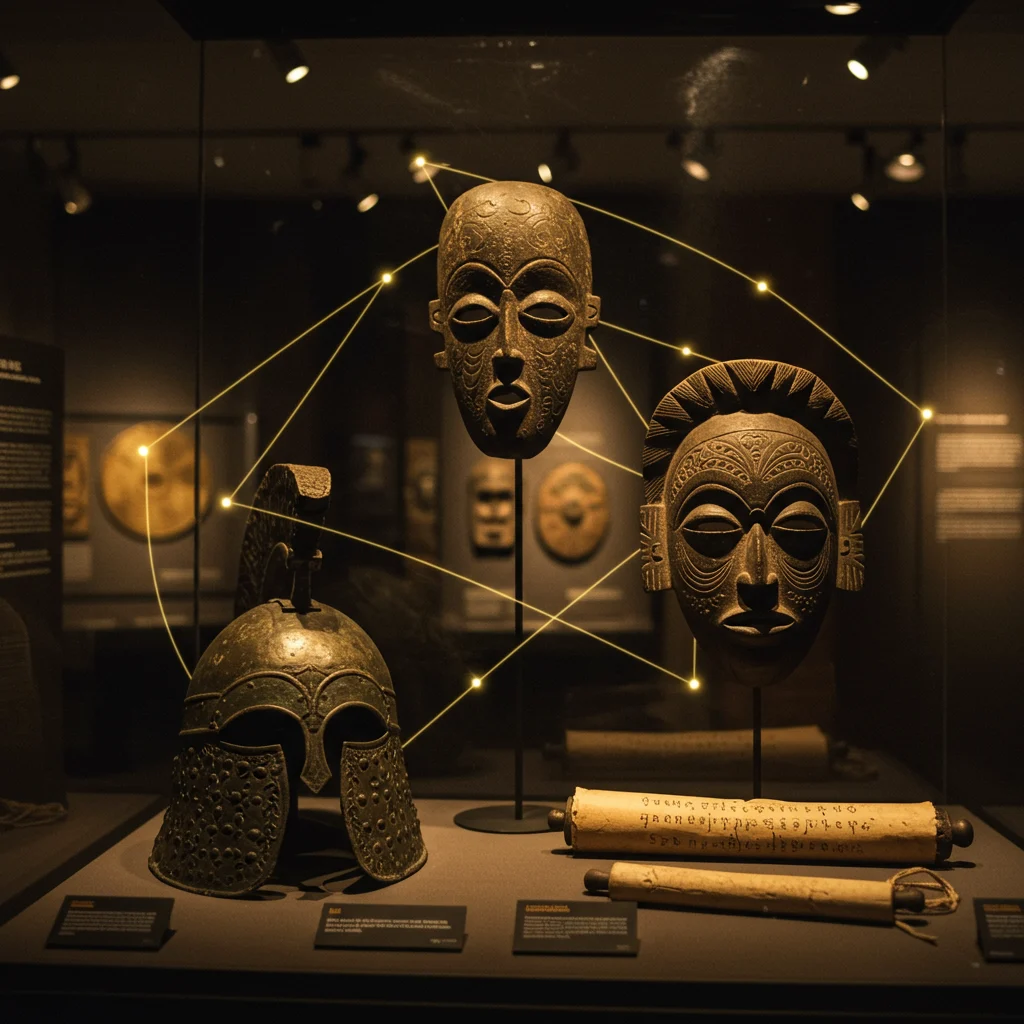
The Statue of Queen Hatshepsut: Power and Legacy
The statue of Queen Hatshepsut stands as a testament to her remarkable reign as one of Egypt’s few female pharaohs. The statue’s regal posture and finely carved features convey both strength and wisdom, reminding us of her enduring influence on Egyptian history.
Interpretive panels explain her political achievements, architectural innovations, and the challenges she faced in a male-dominated society.
Tutankhamun’s Treasures: Myth and Reality
Artifacts attributed to King Tutankhamun fascinate visitors with their opulence and mystery. From ornate jewelry to ceremonial weapons, these objects reflect the extraordinary wealth and artistry of the 18th Dynasty court.
The Mystery of the Golden Mask
The golden mask of Tutankhamun has captivated imaginations for generations. While the original rests in Cairo, the Hurghada Museum features detailed replicas and related treasures that help demystify the legend.
Explanations highlight the mask’s symbolism, construction, and the stories that have grown around its discovery.
Sarcophagi of the Pharaohs: Art and Function
The sarcophagi on display illustrate the intersection of art and spirituality in ancient Egypt. Lavishly decorated with hieroglyphs and protective deities, these coffins were designed to guide and safeguard the deceased in the afterlife.
Visitors can examine the delicate pigments and intricate carvings that make each sarcophagus a masterpiece of funerary art, echoing the reverence found in European cathedrals such as La Catedral.
Religious Beliefs in Ancient Egypt
Religion permeated every aspect of ancient Egyptian life, shaping art, governance, and daily routines. The Hurghada Museum’s galleries provide a comprehensive look at the gods, rituals, and spiritual beliefs that defined this civilization.
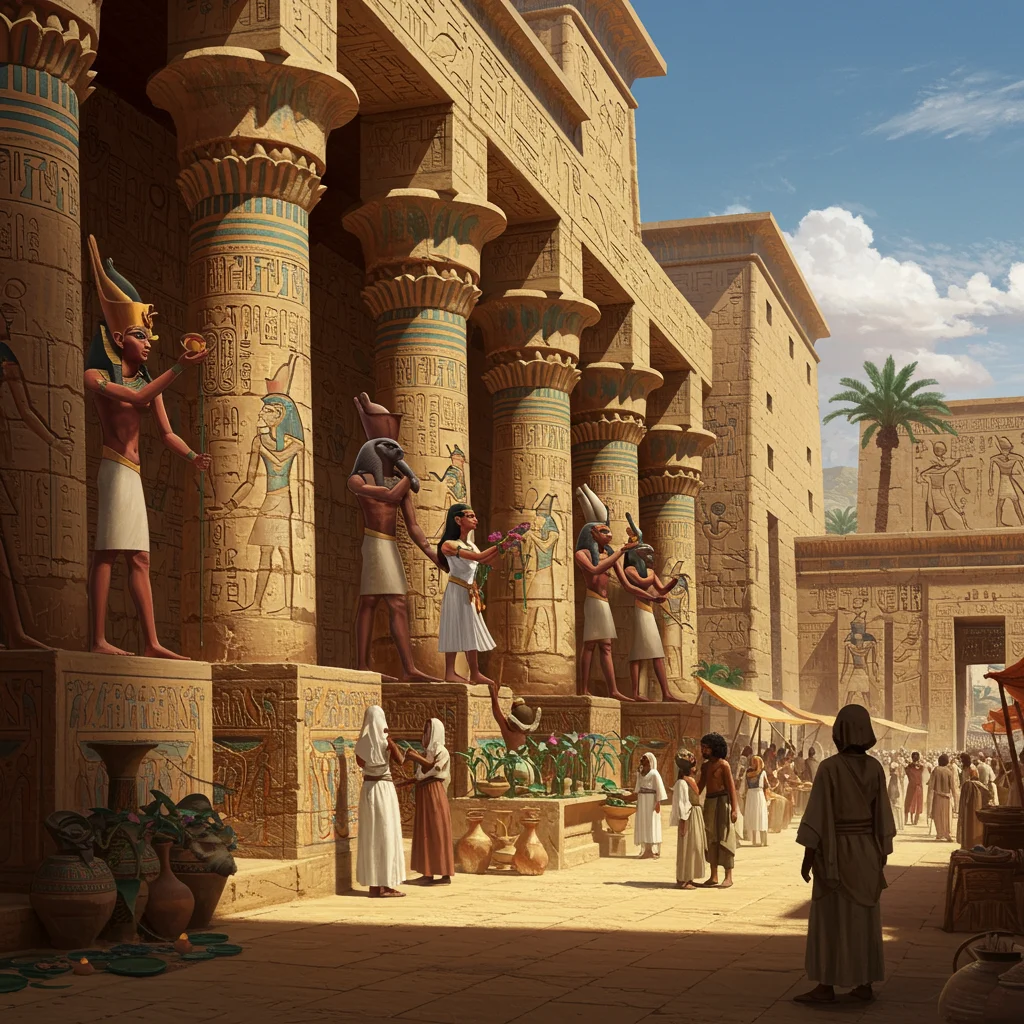
Through statues, amulets, and temple reliefs, visitors gain a deeper understanding of the sacred landscape that guided the ancient Egyptians’ worldview.
Gods and Goddesses: Who Were They?
Ancient Egypt’s pantheon included a vast array of gods and goddesses, each with distinct roles and attributes. The museum’s collection features statues, reliefs, and ceremonial objects dedicated to deities such as Osiris, Isis, Horus, and Anubis.
Interpretive displays explain the stories, symbols, and festivals associated with these divine figures, highlighting their enduring cultural significance.
Rituals and Offerings: Practices of Faith
Rituals formed the backbone of Egyptian religious life. The Hurghada Museum showcases altars, incense burners, and offering tables used in temples and homes. These items, often inscribed with prayers or images of food and drink, illustrate the importance of ritual in maintaining harmony between the human and divine realms.
Descriptions detail the sensory elements of these ceremonies—the scent of frankincense, the flicker of candlelight, and the rhythmic chants of priests.
The Afterlife: Journey Beyond Death
Belief in the afterlife was central to Egyptian spirituality. The museum’s funerary exhibits include canopic jars, funerary masks, and Book of the Dead scrolls, all intended to support the soul’s journey to the next world.
Illustrations and models help visitors visualize the ancient Egyptian conception of the afterlife—a realm of judgment, transformation, and eternal peace.
Daily Life in Ancient Egypt: Insights from the Museum
The Hurghada Museum excels in illuminating the rhythms and routines of everyday life in ancient Egypt. Through objects both grand and humble, we gain insight into how people lived, worked, and celebrated thousands of years ago.
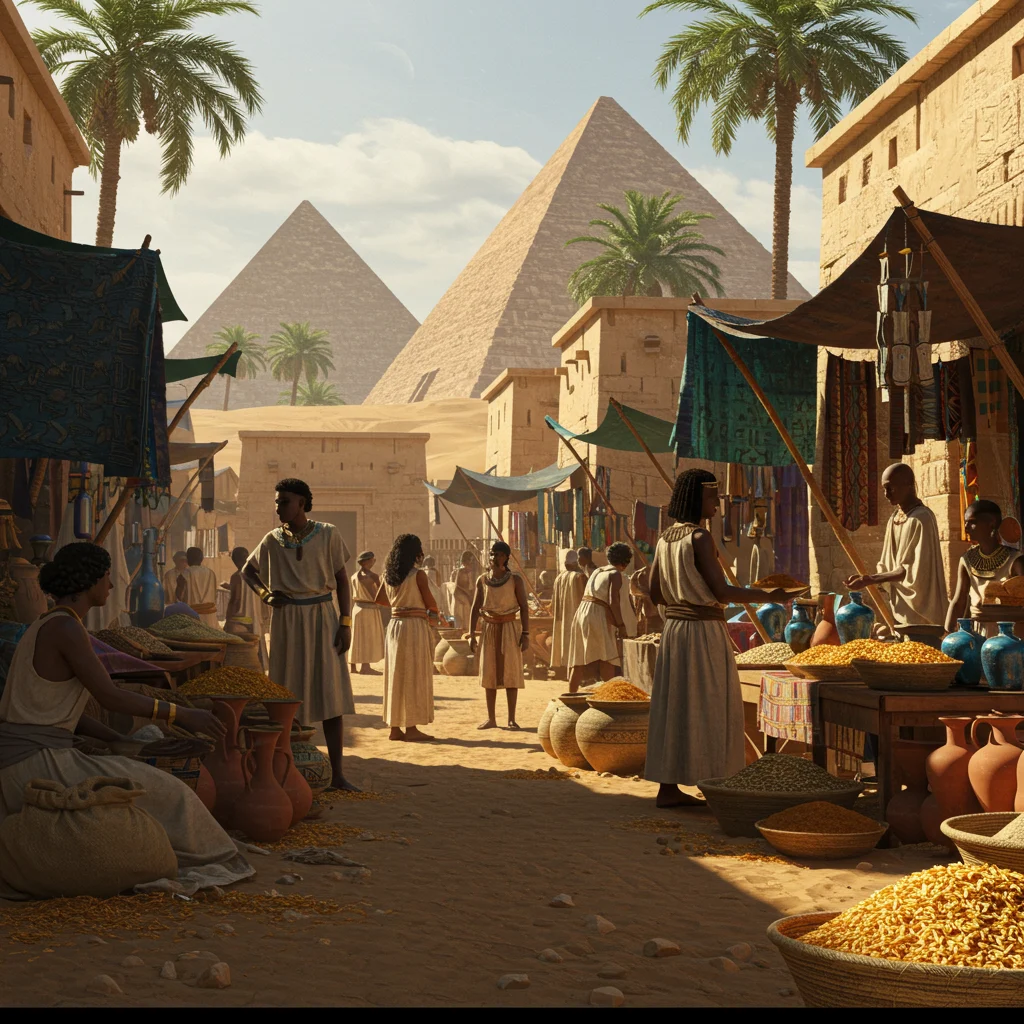
Clothing and Fashion: What Did Ancient Egyptians Wear?
Displays of linen garments, sandals, wigs, and cosmetics reveal the ancient Egyptians’ flair for fashion and personal hygiene. Mannequins dressed in period attire, along with real and replica jewelry, evoke the elegance of ancient court life.
Food and Cuisine: What Was on the Ancient Menu?
Pottery, bread molds, and remnants of preserved foods help reconstruct the Egyptian diet. From fragrant honey cakes and dates to hearty stews and fresh fish, the museum’s exhibits offer a sensory journey through ancient kitchens and banquet halls.
For travelers interested in culinary history, this section shares similarities with experiences found on the Pamukkale Hierapolis and Cleopatra’s Pool Tour with lunch from Antalya, where food and history go hand in hand.
Family and Society: Roles and Relationships
Artifacts related to marriage, childhood, and social hierarchy paint a vivid picture of Egyptian family life. Dolls, board games, and household shrines illustrate the warmth and complexity of ancient relationships, while legal documents and letters reveal the structure of society.
Education and Writing: Learning in Ancient Egypt
The museum’s collection of writing tools—reed pens, ink palettes, and ostraca—showcases the methods used to teach reading and writing. Educational texts and student exercises offer a glimpse into the world of ancient schools, where young scribes learned to master the art of hieroglyphics.
How Were Ancient Egyptian Artifacts Preserved?
The preservation of ancient artifacts is a testament to the expertise and dedication of museum professionals. The Hurghada Museum employs state-of-the-art conservation techniques to safeguard its collection for future generations.

Specialized lighting, climate control, and protective cases ensure that each object remains stable and accessible for study and enjoyment.
Modern Conservation Techniques at Hurghada Museum
Conservators at the museum utilize non-invasive cleaning, advanced imaging, and microclimate monitoring to prevent deterioration. Every effort is made to balance public access with the long-term preservation of fragile materials like textiles, papyrus, and painted wood.
Restoration Projects: Bringing History Back to Life
Ongoing restoration projects breathe new life into damaged or incomplete artifacts. Skilled artisans and scientists work together to repair statues, reconstruct pottery, and stabilize delicate items, ensuring that each piece can be appreciated in its original context.
Interactive Experiences for Visitors
The Hurghada Museum prioritizes interactive learning, providing opportunities for guests of all ages to engage with history in creative ways. These hands-on experiences help transform a museum visit into a memorable adventure.
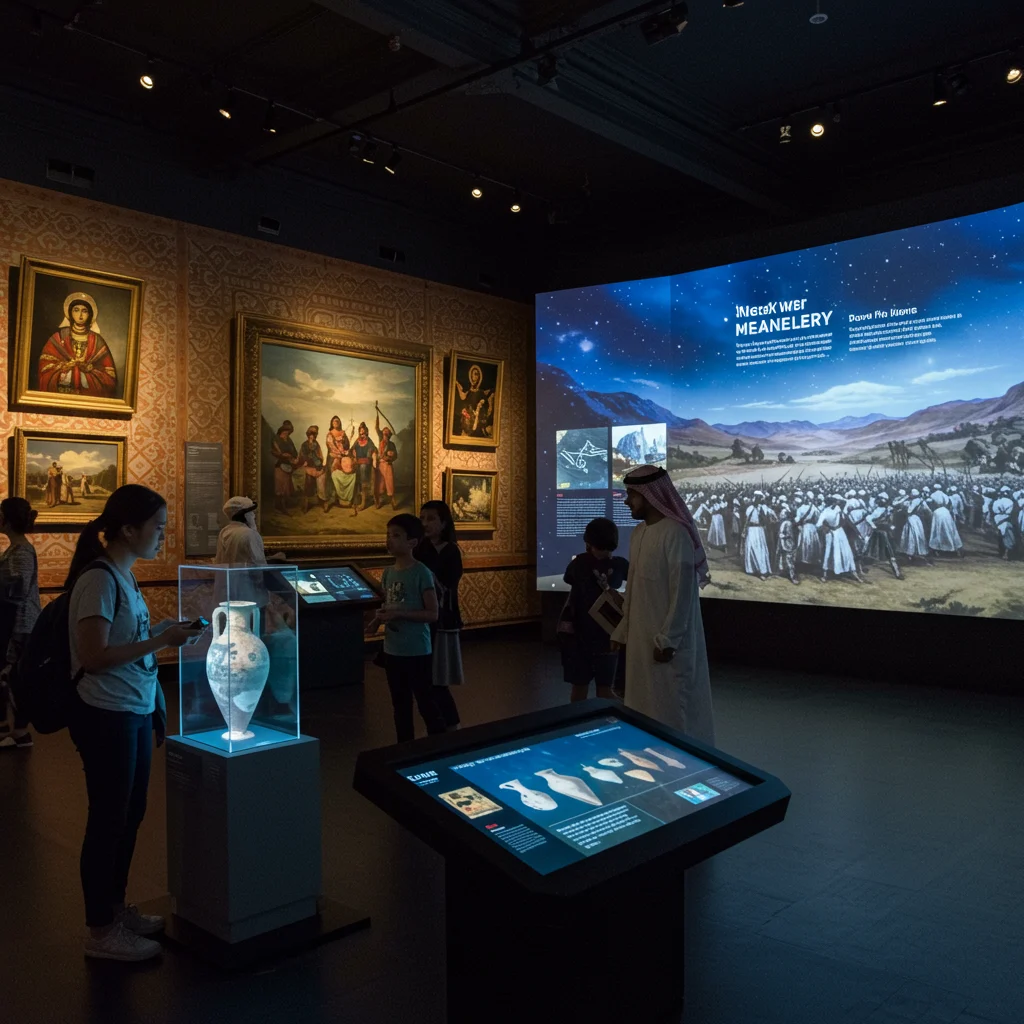
Virtual Tours: Explore Ancient Egypt Digitally
Digital kiosks and guided virtual tours allow visitors to explore reconstructed tombs, temples, and ancient landscapes. High-resolution images and 3D models offer close-up views of artifacts that might otherwise be out of reach.
If you enjoy self-guided explorations, you might appreciate similar digital experiences offered at sites such as the Alhambra, Generalife & Nasrid Palace with a self audio guide tour.
Hands-On Activities for Families and Children
Interactive stations invite younger visitors to try on pharaoh’s crowns, assemble model pyramids, and practice writing their names in hieroglyphs. These activities foster curiosity and make learning fun for the whole family.
Workshops and Educational Programs
The museum offers regularly scheduled workshops on topics ranging from ancient crafts to modern conservation. Educational programs for schools and community groups are tailored to different age levels and learning objectives.
Guided Tours: Should You Join One?
Joining a guided tour at the Hurghada Museum can greatly enrich your visit. Knowledgeable guides bring the artifacts to life with fascinating stories, historical context, and answers to your questions.
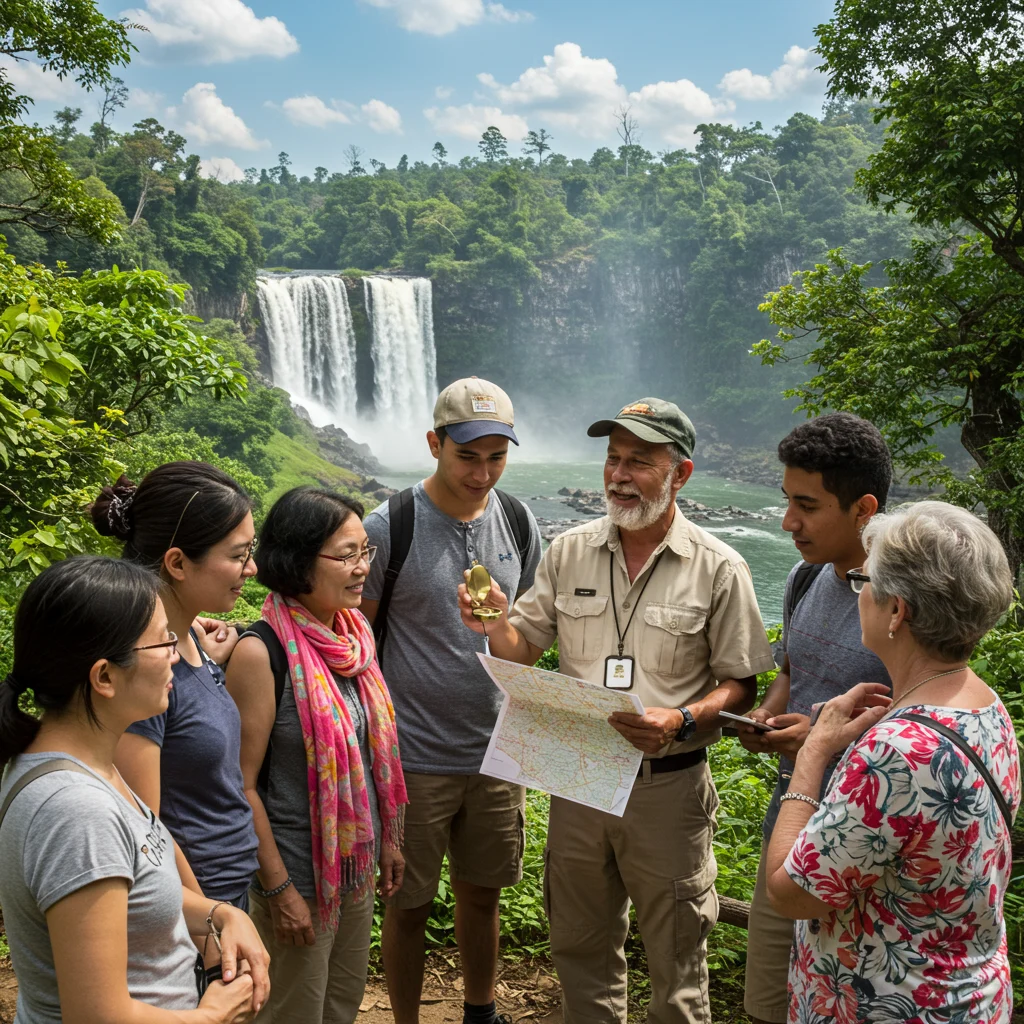
Whether you are a first-time visitor or an experienced Egypt enthusiast, a tour can help you appreciate the deeper meanings behind each exhibit.
Expert Guides: Meet the Egyptologists
Many of the museum’s guides are trained Egyptologists with years of research and field experience. Their passion for history is contagious, and their insights transform a simple museum visit into an unforgettable learning opportunity.
For those who value expert-led experiences, consider the benefits of small group tours, such as those found at Schindler’s Factory Guided Tour In a Small Group.
Multilingual Tour Options
To accommodate international visitors, the Hurghada Museum offers guided tours in multiple languages, including English, Arabic, German, and Russian. Audio guides and printed materials are also available, ensuring that everyone can access the museum’s wealth of information.
Planning Your Visit to Hurghada Museum
Thoughtful planning can help you make the most of your time at the Hurghada Museum. Here, we address some practical considerations to ensure a smooth and enjoyable experience.
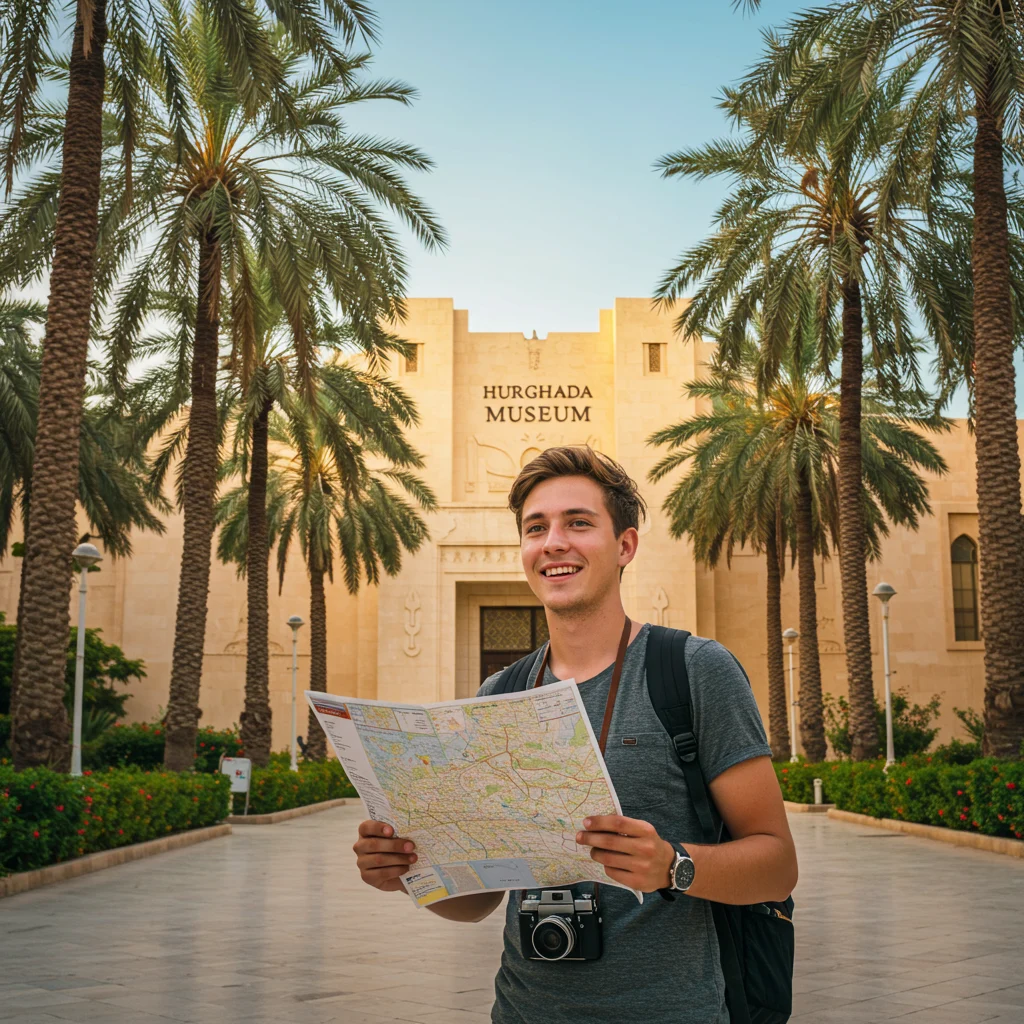
Opening Hours and Ticket Information
The museum is typically open daily, with hours varying by season. Tickets can be purchased at the entrance or in advance through authorized vendors. Discounts are often available for students, children, and groups.
Best Times to Visit for a Memorable Experience
To avoid crowds and enjoy a more relaxed atmosphere, we recommend visiting in the morning or late afternoon. Weekdays tend to be quieter than weekends, especially outside of major holidays or school breaks.
Accessibility and Facilities for Visitors
The Hurghada Museum is committed to accessibility, with ramps, elevators, and accessible restrooms available throughout the building. Staff are trained to assist visitors with mobility or sensory needs, ensuring that everyone can enjoy the exhibits comfortably.
Tips for Families Visiting with Kids
Families will find plenty to engage children, from interactive displays to child-friendly workshops. We suggest allowing extra time for hands-on activities and scheduling breaks in the museum café or outdoor seating areas.
Photography Policy: Can You Take Pictures?
Photography for personal use is generally permitted in most galleries, though flash and tripods may be restricted. Always check posted signs and ask staff if you are unsure about specific exhibits.
Souvenir Shops and What to Buy
No visit to the Hurghada Museum is complete without a stop at the museum shop. Here, visitors can purchase unique mementos that capture the spirit of ancient Egypt.

Egyptian-Themed Gifts and Replicas
The shop offers a wide range of Egyptian-themed gifts, from replica statues and papyrus scrolls to hand-painted ceramics and jewelry. These items make thoughtful souvenirs or gifts for friends and family.
Books and Educational Materials
For those wishing to deepen their knowledge, the shop stocks an array of books, guides, and educational games. Whether you are a casual visitor or a serious student of history, you will find resources to suit your interests.
Dining Options Near the Museum
Exploring the wonders of ancient Egypt can work up an appetite. Fortunately, there are several excellent dining options near the Hurghada Museum, serving both local and international cuisine.
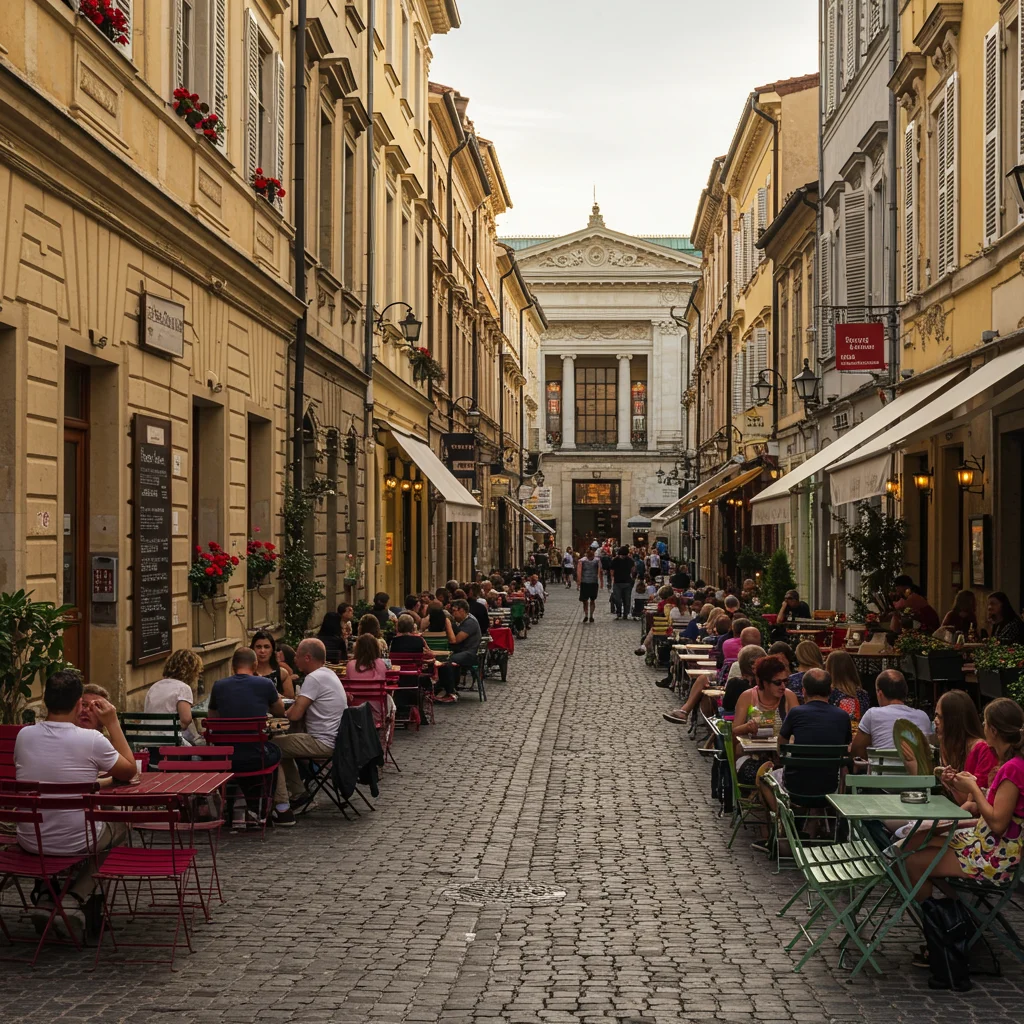
Cafés and Restaurants: Where to Eat
Within walking distance, you will find cafés offering fresh pastries, aromatic coffee, and light snacks—perfect for a quick break. Nearby restaurants serve a variety of dishes in comfortable, air-conditioned settings.
Local Cuisine to Try in Hurghada
We recommend sampling traditional Egyptian fare such as grilled meats, koshari, and stuffed vegetables. Many establishments pride themselves on using fresh, locally sourced ingredients, infusing every dish with the flavors of the Red Sea region.
Upcoming Events and Temporary Exhibitions
The Hurghada Museum is a dynamic institution, hosting a calendar of special events and temporary exhibitions that add excitement and variety to each visit.

Special Exhibitions: What’s On Now?
Rotating exhibitions showcase rare artifacts, contemporary art inspired by ancient motifs, or collaborative projects with other museums. These events offer fresh perspectives and encourage repeat visits.
Annual Events and Festivals
Annual festivals celebrate Egyptian heritage through music, dance, lectures, and family-friendly activities. These gatherings foster community spirit and provide unique opportunities to engage with the museum’s mission.
Hurghada Museum’s Role in Promoting Egyptian Heritage
The Hurghada Museum plays a vital part in preserving and sharing Egypt’s cultural legacy. Its commitment to education, outreach, and collaboration ensures that the stories of ancient Egypt continue to inspire new generations.
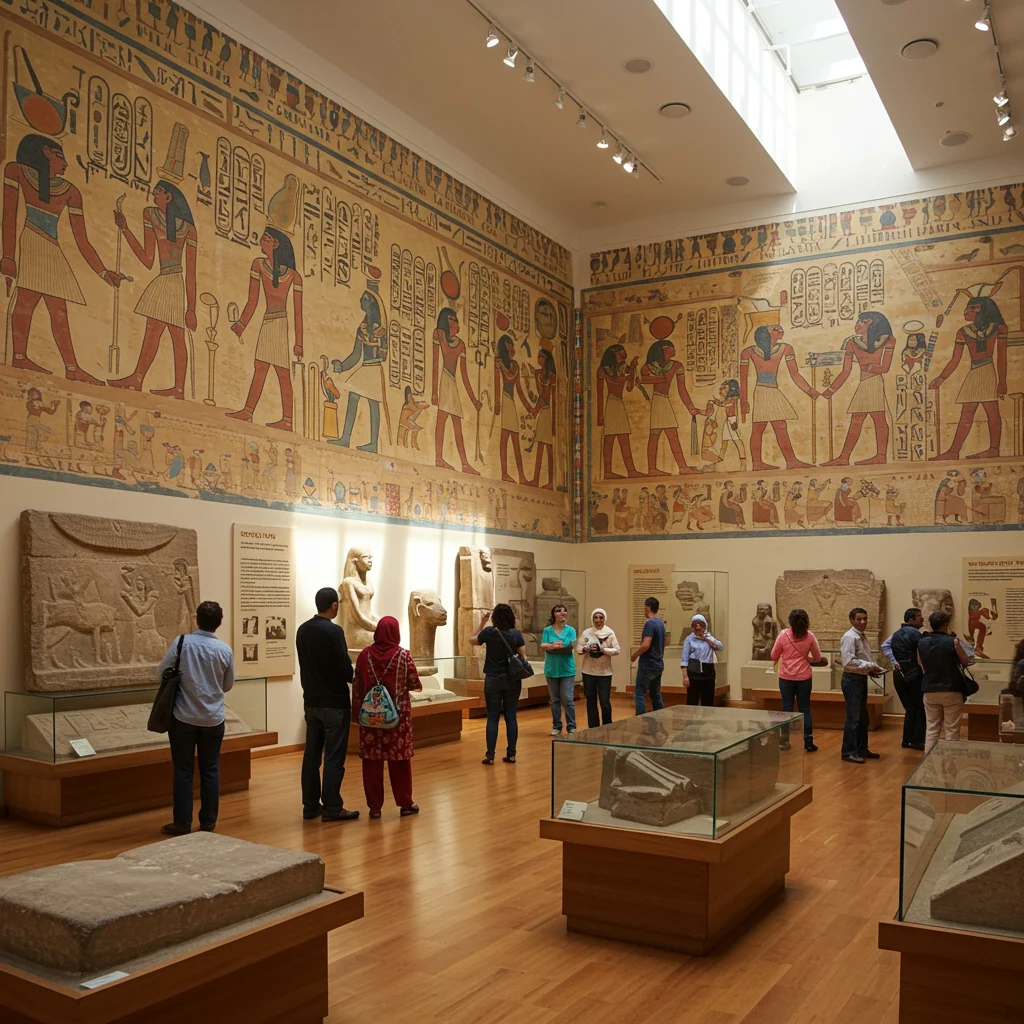
Collaboration with Other Museums
Through partnerships with Egyptian and international institutions, the museum participates in research, artifact loans, and joint exhibitions. These collaborations enrich the museum’s offerings and broaden its impact.
Community Outreach and Educational Initiatives
Educational programs, school partnerships, and community events make the museum an integral part of Hurghada’s cultural life. Outreach initiatives encourage local participation and foster pride in Egypt’s ancient heritage.
Frequently Asked Questions About Hurghada Museum
We address some of the most common questions from visitors to help you plan your trip with confidence.
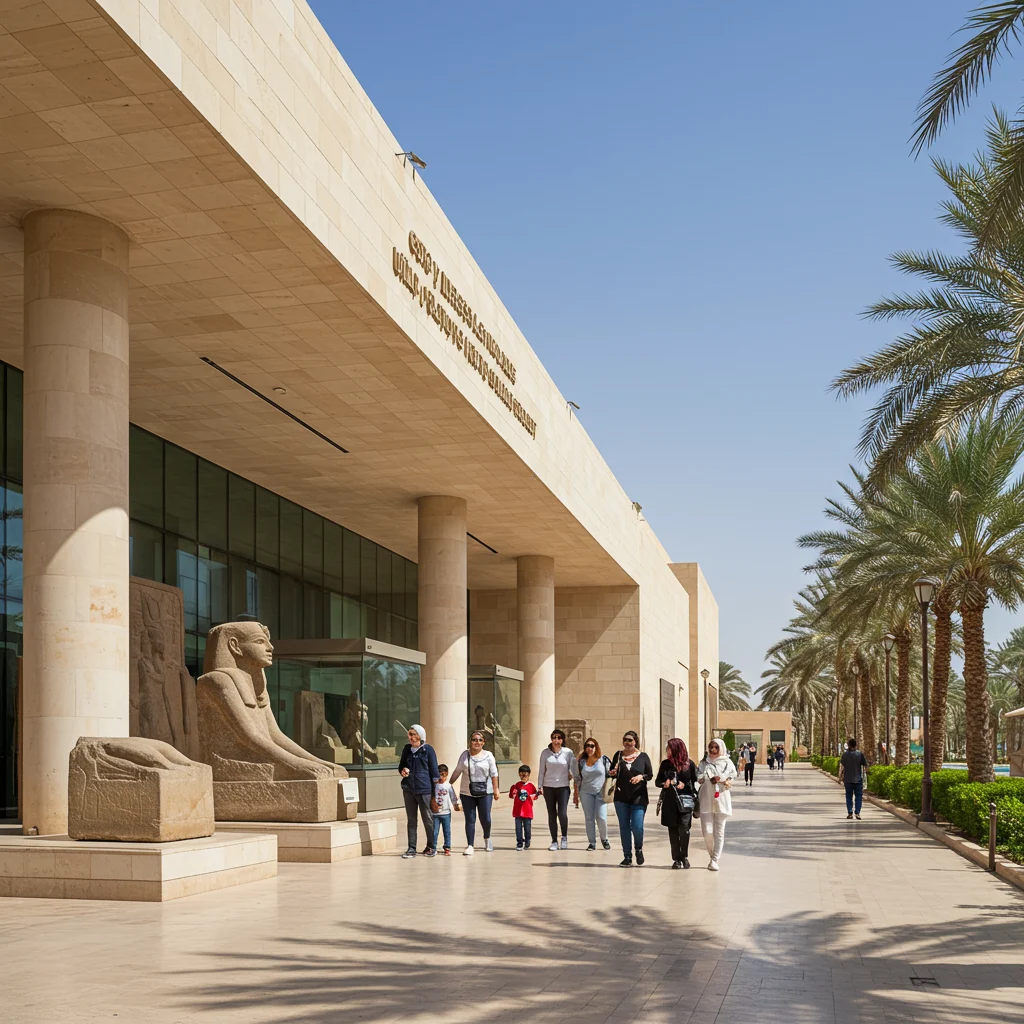
Is Hurghada Museum Suitable for Children?
Absolutely. The museum’s interactive displays, family-friendly workshops, and engaging educational materials make it an excellent destination for visitors of all ages.
How Long Should You Spend at the Museum?
Most guests spend between two and three hours exploring the galleries, though those with a keen interest in history may wish to stay longer. Allow extra time for special exhibitions and hands-on activities.
Can You Book Tickets Online?
Yes, tickets can often be reserved through the museum’s website or via trusted travel platforms. Booking online ensures entry during busy periods and can help streamline your visit.
Nearby Attractions to Combine with Your Visit
Hurghada offers a wealth of attractions that pair perfectly with a museum visit, from natural wonders to historic landmarks.

Red Sea Activities: What Else Can You Do in Hurghada?
The Red Sea is renowned for its sparkling waters and vibrant marine life. Snorkeling, diving, and boat excursions are popular options for visitors looking to experience the region’s natural beauty after a morning at the museum.
Historical Sites Near Hurghada
For those wishing to extend their journey through history, several significant archaeological sites are within reach. Day trips to monasteries, ancient temples, or desert ruins provide additional context and adventure.
How to Book on Viator
Booking your visit to the Hurghada Museum has never been easier. We recommend using Viator, a trusted platform that offers a range of options for tickets, guided tours, and package deals.
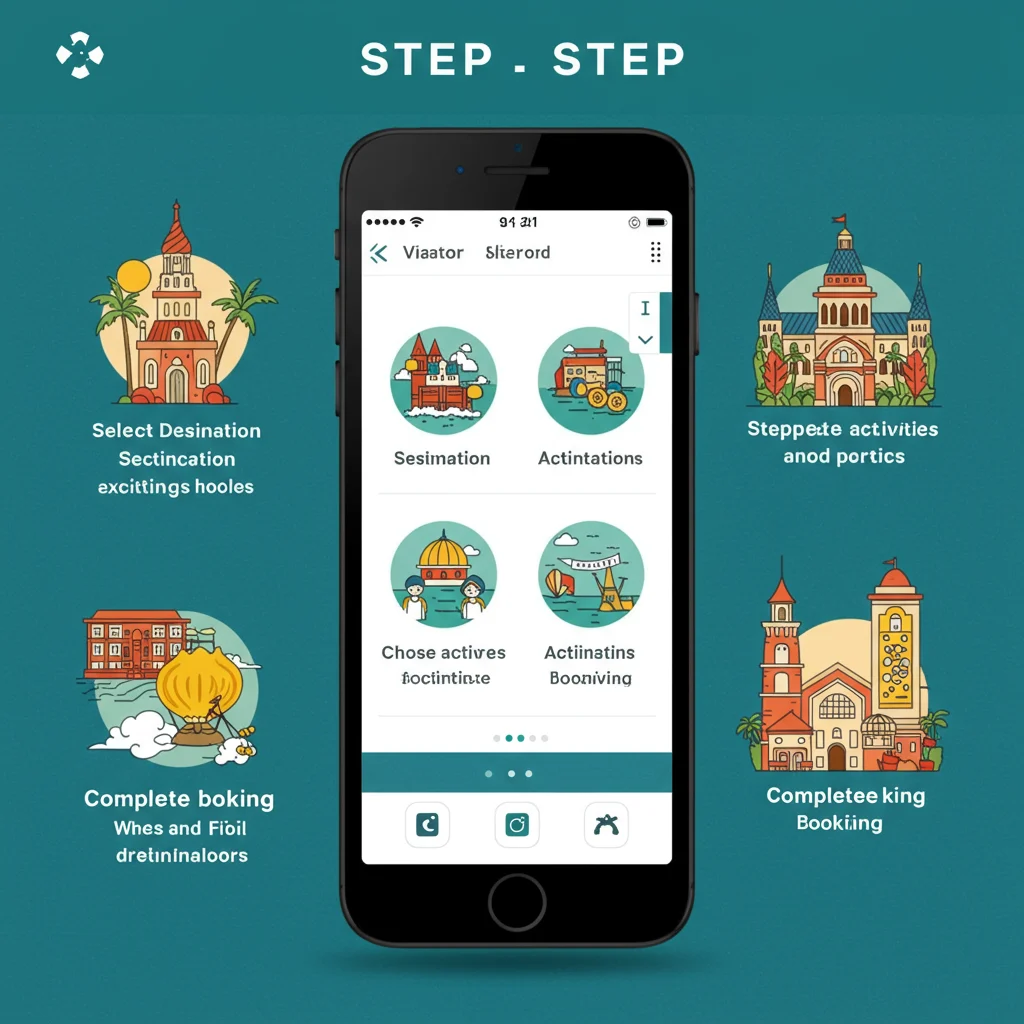
Whether you want to plan your trip in advance or simply find activities on the day, Viator’s user-friendly interface and secure payment system make the process straightforward. Be sure to check for seasonal promotions and bundled experiences that can enhance your visit.
Conclusion: Why Hurghada Museum Is a Must-Visit for Ancient Egypt Lovers
The Hurghada Museum stands as a beacon for anyone captivated by the mysteries and marvels of Ancient Egypt. With its thoughtfully curated exhibits, immersive experiences, and dedication to education, the museum offers a journey through time unlike any other on the Red Sea coast. History enthusiasts, families, and curious travelers alike will find inspiration within its walls.
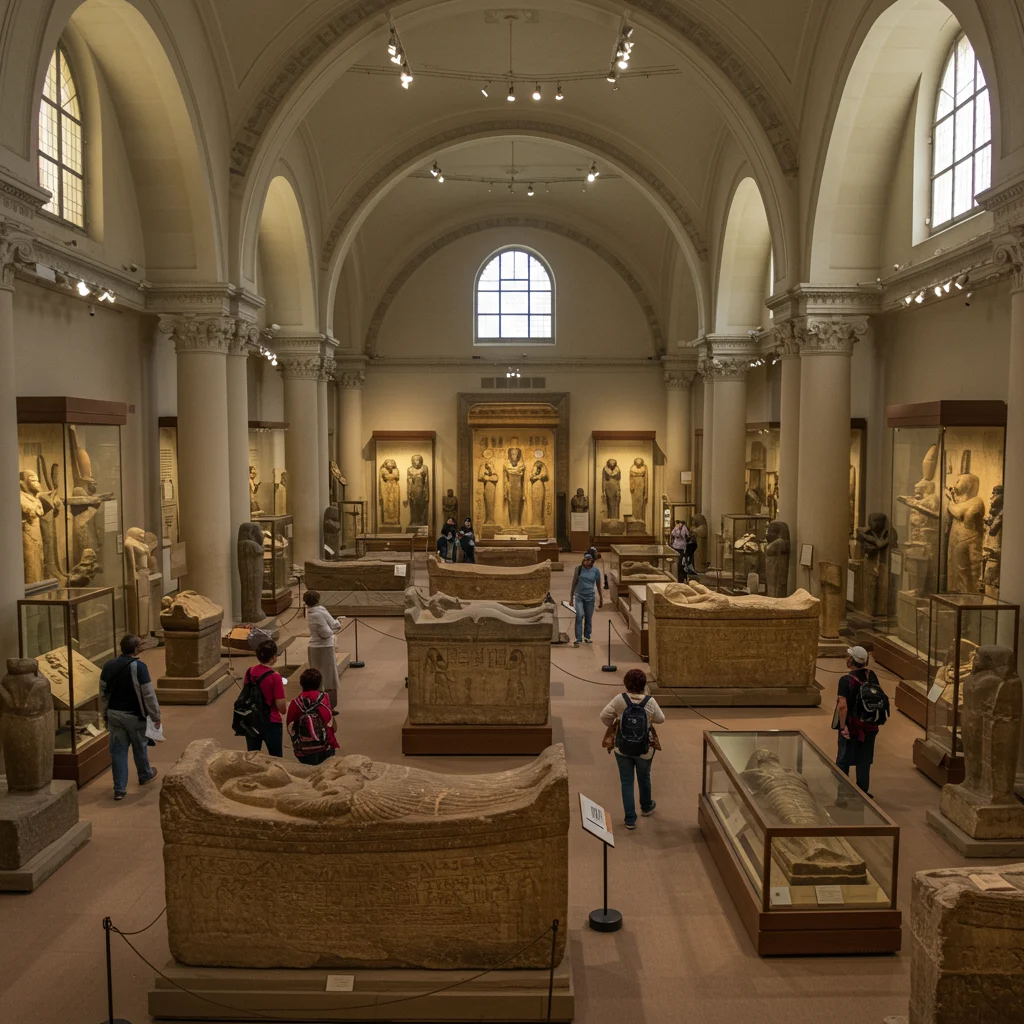
For more travel inspiration, ideas, and guides, we invite you to explore Unisho at https://unisho.us. May your adventures continue to be filled with discovery and wonder.
Disclaimer: This information is accurate to the best of our knowledge; however, there may be changes or mistakes. Please verify exact details on the Viator booking page.

